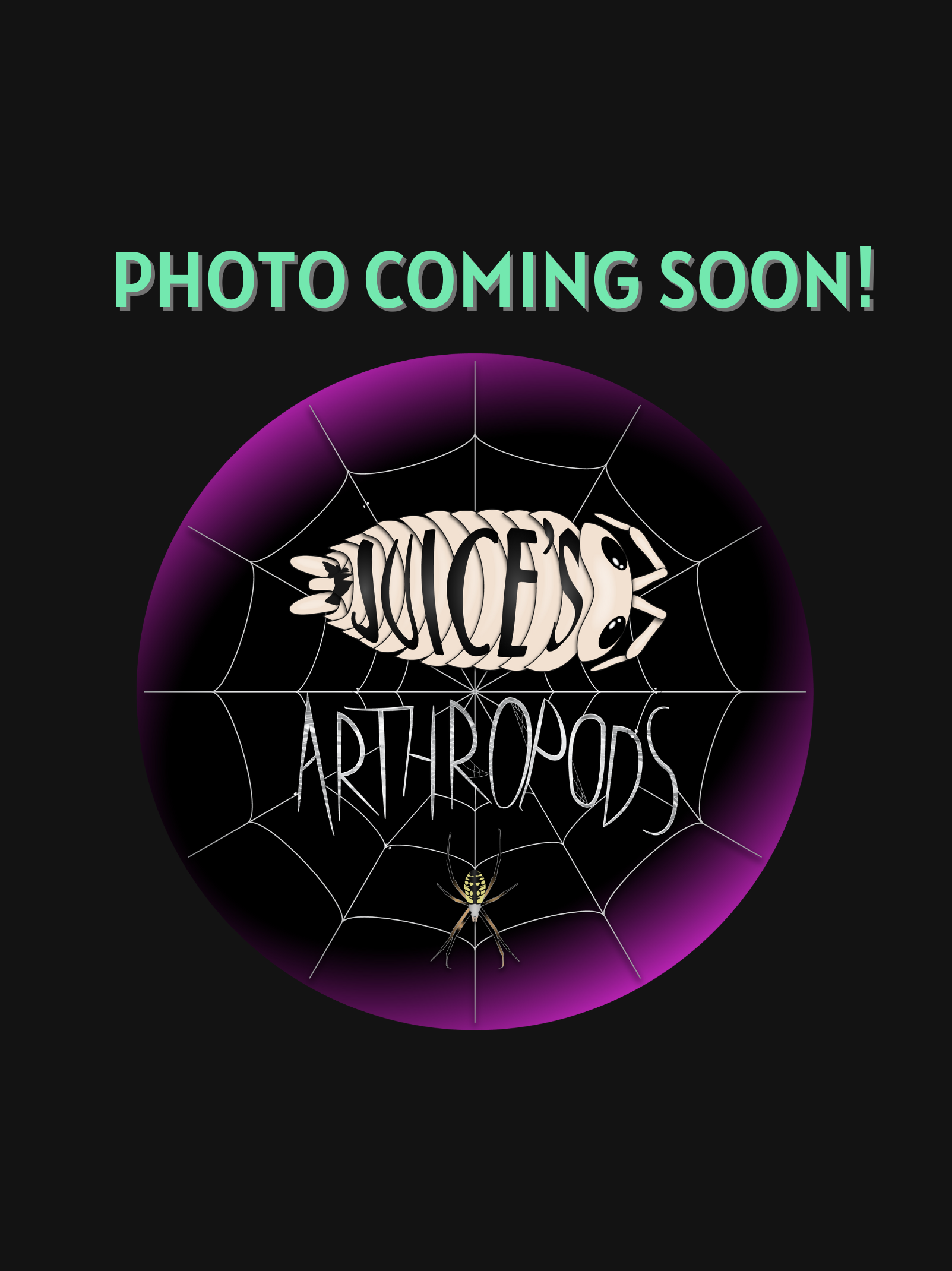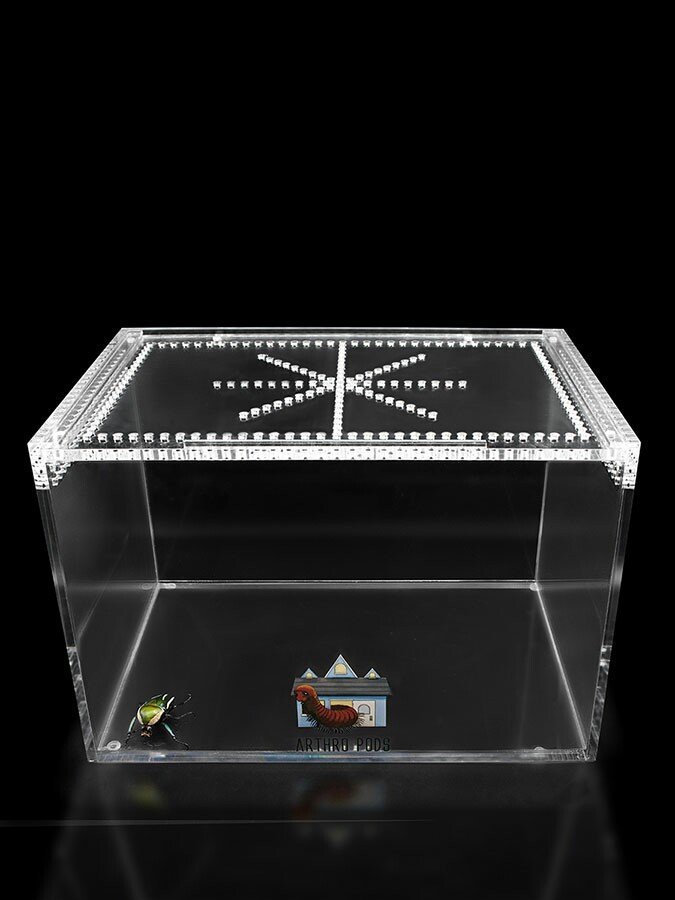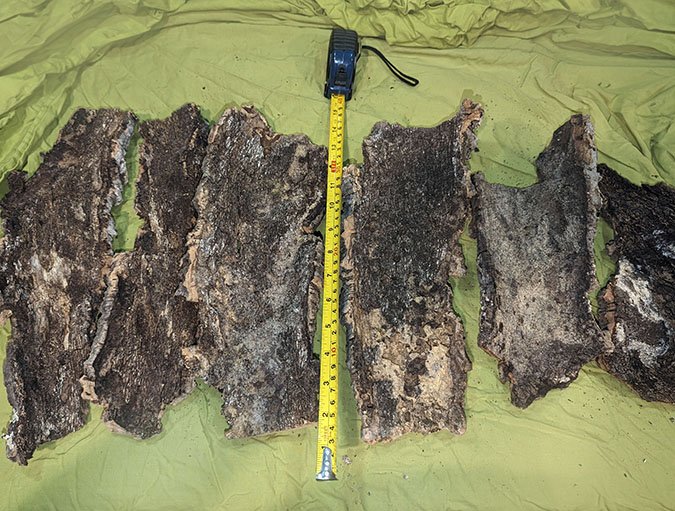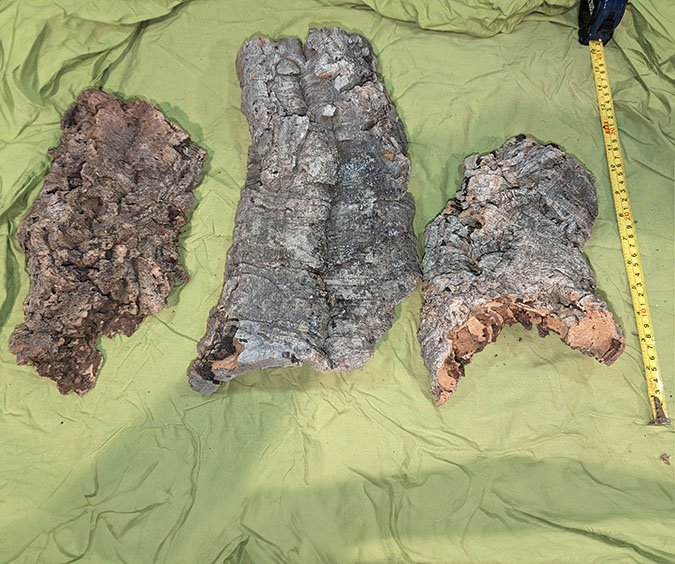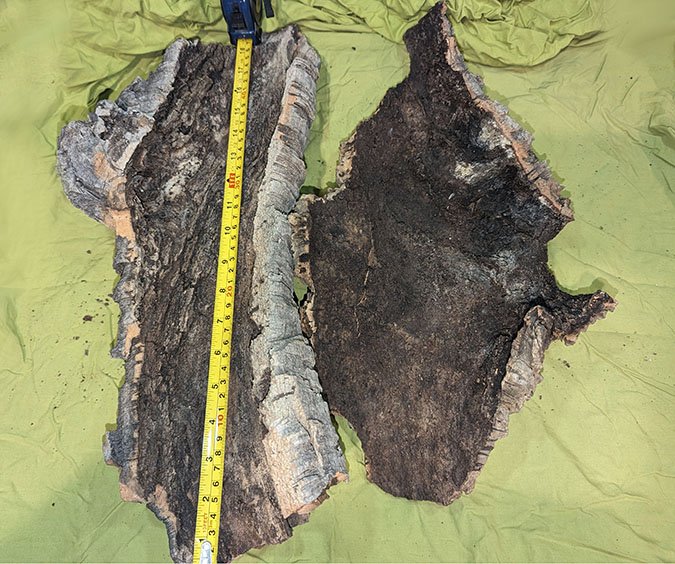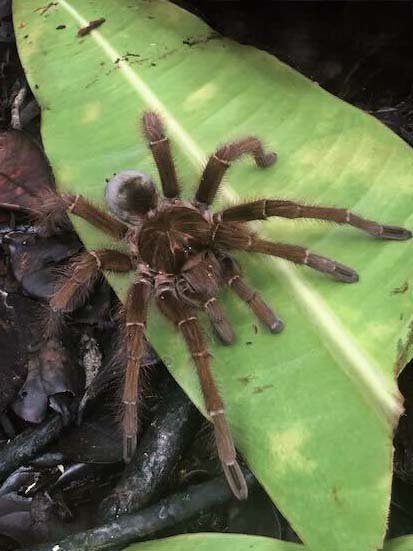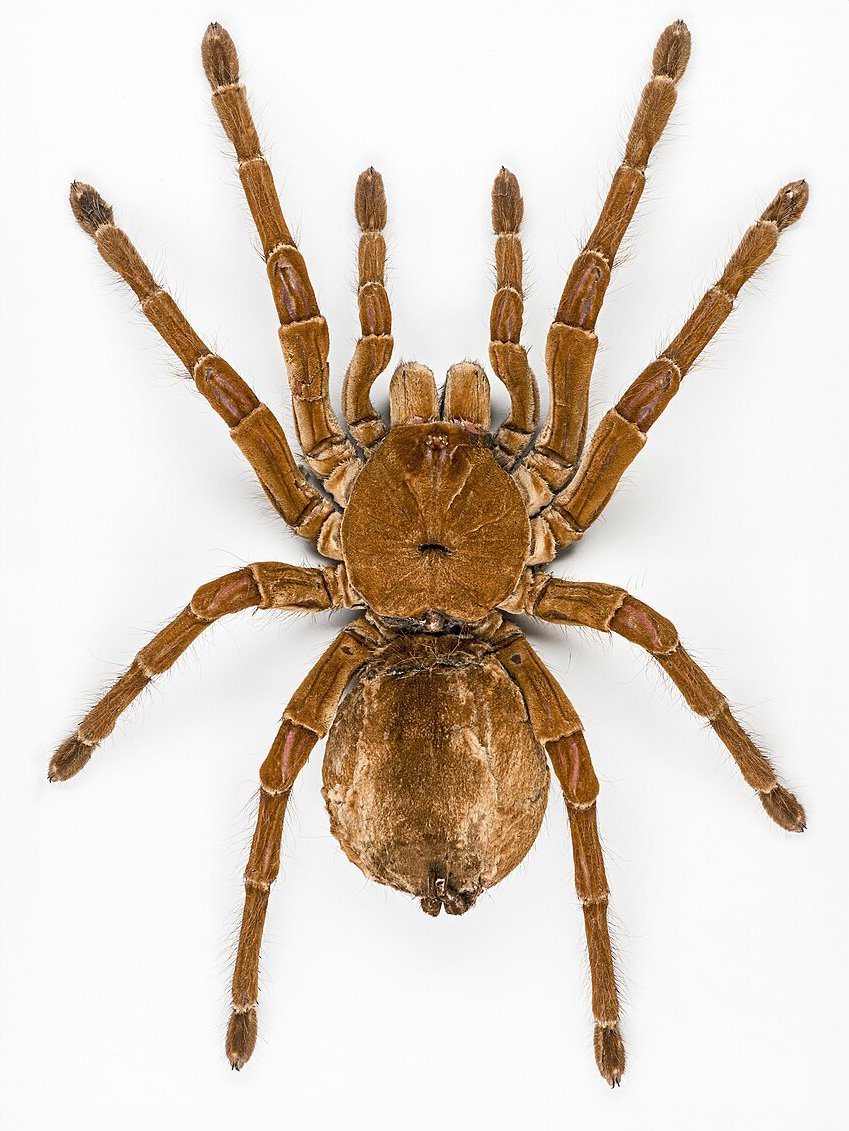Aphonopelma burica
Aphonopelma burica, commonly known as the Costa Rican Blue Front Tarantula, is a small to medium-sized New World terrestrial species native to the Pacific lowlands of Costa Rica, particularly near the Burica Peninsula, from which it takes its name. This rare species is part of the Aphonopelma genus, which includes many of North and Central America’s most cryptic and slow-growing tarantulas. However, A. burica stands out with a unique touch of visual flair—subtle bluish iridescence on the front legs and carapace, especially noticeable after a fresh molt under natural light.
As a fossorial and reclusive species, the Costa Rican Blue Front spends much of its life in shallow burrows or beneath natural cover such as leaf litter, rocks, and fallen logs. It is known for its slow movement, docile temperament, and tendency to avoid confrontation, making it a non-aggressive and manageable species, well-suited for hobbyists who appreciate more cryptic, slow-growing tarantulas.
Aphonopelma burica, commonly known as the Costa Rican Blue Front Tarantula, is a small to medium-sized New World terrestrial species native to the Pacific lowlands of Costa Rica, particularly near the Burica Peninsula, from which it takes its name. This rare species is part of the Aphonopelma genus, which includes many of North and Central America’s most cryptic and slow-growing tarantulas. However, A. burica stands out with a unique touch of visual flair—subtle bluish iridescence on the front legs and carapace, especially noticeable after a fresh molt under natural light.
As a fossorial and reclusive species, the Costa Rican Blue Front spends much of its life in shallow burrows or beneath natural cover such as leaf litter, rocks, and fallen logs. It is known for its slow movement, docile temperament, and tendency to avoid confrontation, making it a non-aggressive and manageable species, well-suited for hobbyists who appreciate more cryptic, slow-growing tarantulas.


Aphonopelma burica, commonly known as the Costa Rican Blue Front Tarantula, is a small to medium-sized New World terrestrial species native to the Pacific lowlands of Costa Rica, particularly near the Burica Peninsula, from which it takes its name. This rare species is part of the Aphonopelma genus, which includes many of North and Central America’s most cryptic and slow-growing tarantulas. However, A. burica stands out with a unique touch of visual flair—subtle bluish iridescence on the front legs and carapace, especially noticeable after a fresh molt under natural light.
As a fossorial and reclusive species, the Costa Rican Blue Front spends much of its life in shallow burrows or beneath natural cover such as leaf litter, rocks, and fallen logs. It is known for its slow movement, docile temperament, and tendency to avoid confrontation, making it a non-aggressive and manageable species, well-suited for hobbyists who appreciate more cryptic, slow-growing tarantulas.
What's the ideal diet for a Costa Rican Blue Front Tarantula?
All Tarantulas can eat a variety of feeders. Stick to crickets, dubia roaches, silkworms, horned worms occasionally, and a superworm or mealworm as the occasional treat!
How should I keep a Costa Rican Blue Front Tarantula?
For this particular creature, you can start with the Terrestrial Terrain small enclosure if under a ¼" - 1.2" Spiderling (sling). When they get to be about 1" in size, you will want to either go to the Terrestrial Terrain Medium or Terrestrial Terrain Large enclosure. Feed them as slings once a week, twice if their opisthosoma (abdomen) looks small, but if the opisthosoma is wider than their prosoma (pneumothorax) then wait a couple of days to feed. For juveniles or adults, stick to feeding once a week, nothing larger than their opisthosoma. Make sure to keep a water dish at all times full; wider and deeper is preferred.
How long could a Costa Rican Blue Front Tarantula live?
Females are believed to live upwards of 20+ years, and males not exceeding around 5 years of age. All estimates are based on multiple sources.


